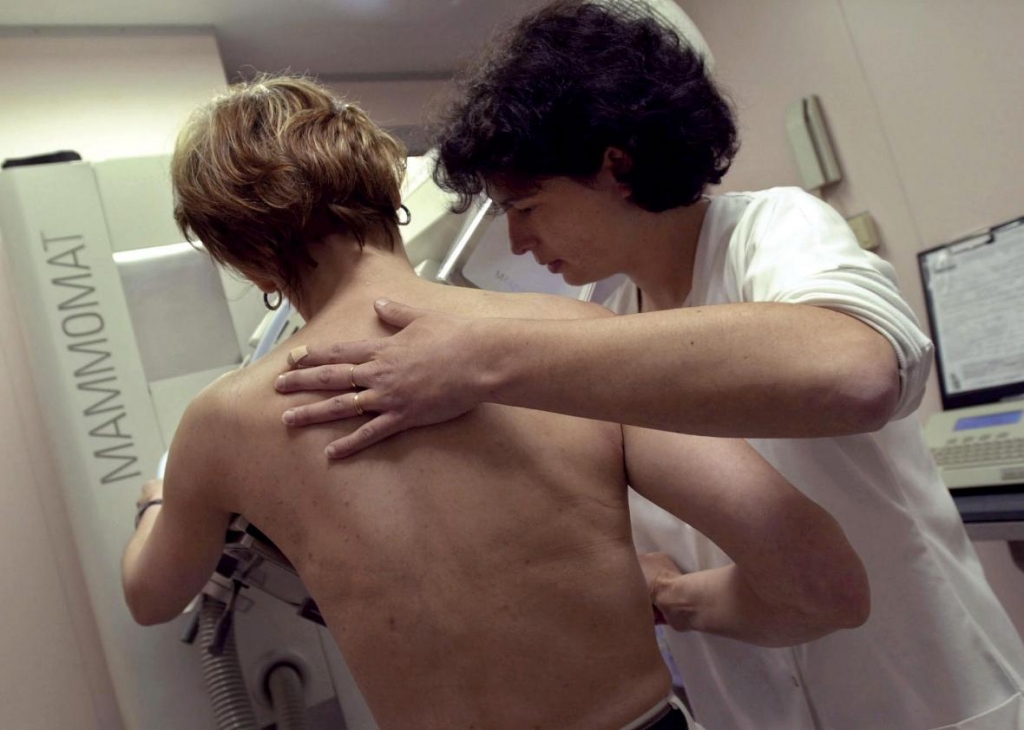-
Tips for becoming a good boxer - November 6, 2020
-
7 expert tips for making your hens night a memorable one - November 6, 2020
-
5 reasons to host your Christmas party on a cruise boat - November 6, 2020
-
What to do when you’re charged with a crime - November 6, 2020
-
Should you get one or multiple dogs? Here’s all you need to know - November 3, 2020
-
A Guide: How to Build Your Very Own Magic Mirror - February 14, 2019
-
Our Top Inspirational Baseball Stars - November 24, 2018
-
Five Tech Tools That Will Help You Turn Your Blog into a Business - November 24, 2018
-
How to Indulge on Vacation without Expanding Your Waist - November 9, 2018
-
5 Strategies for Businesses to Appeal to Today’s Increasingly Mobile-Crazed Customers - November 9, 2018
Computer-aided mammograms fail to improve detection, raise costs
Computer-aided detection added to mammography may not improve breast cancer detection, a new study contends.
Advertisement
The study, led by Constance Lehman of Massachusetts General Hospital in Boston, found that radiologists correctly detected breast cancer 85 percent of the time, and that didn’t change with CAD technology, according to a Reuters article.
Using data from the Breast Cancer Surveillance Consortium, Leyman’s observational study looked at 323,973 women undergoing digital screening mammography in diverse USA practices between 2003 and 2009. Tumor registry data identified 3,159 breast cancers within one year of screening.
In subset analyses among 107 radiologists who interpreted mammograms both with and without CAD, performance was not improved with CAD and CAD was associated with decreased sensitivity (missing breast cancers).
Mammograms have been the focus of controversy since 2009, when the U.S. Preventive Services Task Force recommended that most women under 50 forgo breast cancer screening and for women 50 and older to do it every other year instead of annually.
“There may be reasons that a center or radiologist may still want to use this”, Lehman said of the software.
“The bad-news story from society’s perspective is we’re spending a lot of money on something that sounded like a great idea – and just isn’t”, she said.
But Dr. Kathryn Evers, director of breast imaging at Fox Chase Cancer Center, said the study “is certainly not the last word”.
“I don’t think radiologists will be that surprised”.
“We’re concerned that using CAD for screening mammography does not benefit women-and may even increase the chances a radiologist misses a breast cancer”, the paper’s senior author Diana L. Miglioretti, PhD, said.
“They were trying to give us the latest technology”, Monticciolo said.
Since Medicare agreed to cover the cost of CAD in 2000, its use has surged to more than 90 percent of USA mammograms.
But Dr. Stephen Feig, director of breast imaging and a professor of radiology at the University of California at Irvine’s School of Medicine, said it was important not to discount the value of greater CAD detection of calcification and DCIS.
Aetna Inc. will review the study and take it into consideration when deciding on coverage, a spokeswoman said. Doctors get paid $7 more from Medicare and $20 more from private insurers for mammograms done with computer-assisted technology.
Advertisement
“We are likely to stop reimbursing”, he said. The guidelines were meant to reduce the risk of false positive findings and unnecessary biopsies. An earlier BCSC study found that, compared to older film-screen methods, digital mammography raised costs with only small health benefits, but that technology is almost universal now.





























